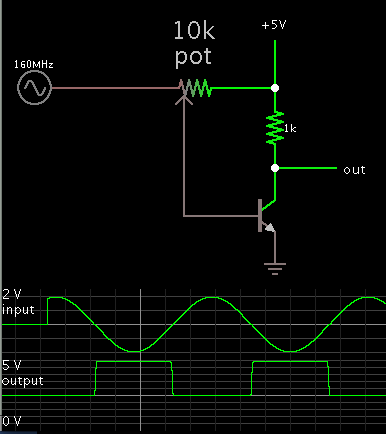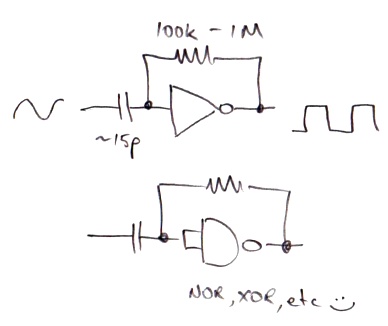Srilatha Padmanabhan
Newbie level 3
Hi all...
I need to convert a sine wave to square wave , but the difficulty I face is the frequency. the frequency of the input sine wave is 160 MHz.
Can anyone pls help me with this?!?!?!
I need to convert a sine wave to square wave , but the difficulty I face is the frequency. the frequency of the input sine wave is 160 MHz.
Can anyone pls help me with this?!?!?!

